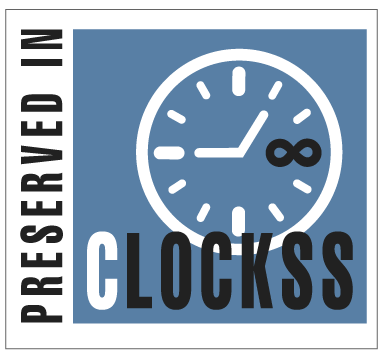Abstract
Four metal complexes of Schiff base ligand were prepared. To characterize both the ligand and the metal complexes, various techniques were employed, including elemental analysis, FT-IR spectroscopy, UV-Vis spectroscopy, molar conductivity measurements, magnetic moment determination, melting point, mass spectroscopy, 1H-NMR and 13C-NMR spectroscopy. The results showed that the metal complexes formed have the formula [M(L)2Cl2]Cl(n).H2O, where L= Schiff base ligand and M=Cr(III), Rh(III), Pt(IV) and Au(III), n = 1, 2. Based on spectroscopic analysis, coordination with metal ions involves the ’N’ donor atom of N atoms of the imine and the N-H amid group, and four complexes are suggested to have a six-coordinated octahedral structure. Molar conductivity of these complexes showed that they were electrolytic in nature. In this study, the anticancer of the ligand and its metal complexes were investigated against MDA-MB-231 cell lines. Moreover, the in vitro efficacy them against Gram-negative bacteria (E. coli) and Gram-positive bacteria (S. aureus), as well as the fungal strain Candida albicans, was evaluated using the disc diffusion method. The results indicated that the complexes demonstrated the highest levels of cytotoxicity against MDA-MB-231 cell lines and antimicrobial activity more than the free ligand. These findings suggest that these metal complexes may have promising applications in the development of novel anticancer, antioxidant and antimicrobial agents.
Keywords
Antimicrobial, Amoxicillin, Cell lines, Metal complexes, Schiff base
Subject Area
Chemistry
Article Type
Article
First Page
3310
Last Page
3323
Creative Commons License

This work is licensed under a Creative Commons Attribution 4.0 International License.
How to Cite this Article
Ahmed, Alya’a J.; Sadiq, Amaal S.; Mousa, Enaam Fadil; and Alias, Mahasin
(2025)
"Synthesis, Spectral Characterization, Cytotoxic Assay, and Antimicrobial Evaluation Studies of Some Transition Metal Complexes of Schiff Base Derived From Amoxicillin,"
Baghdad Science Journal: Vol. 22:
Iss.
10, Article 10.
DOI: https://doi.org/10.21123/2411-7986.5082








